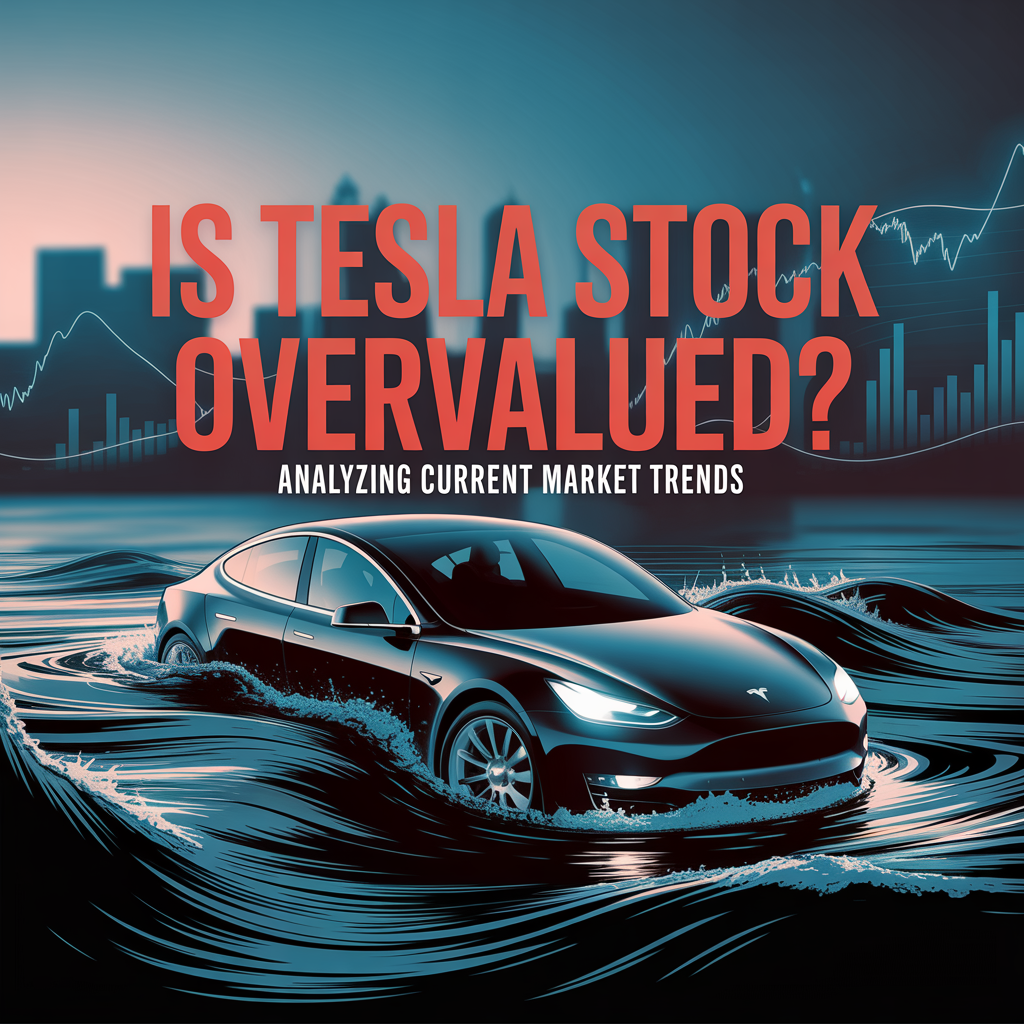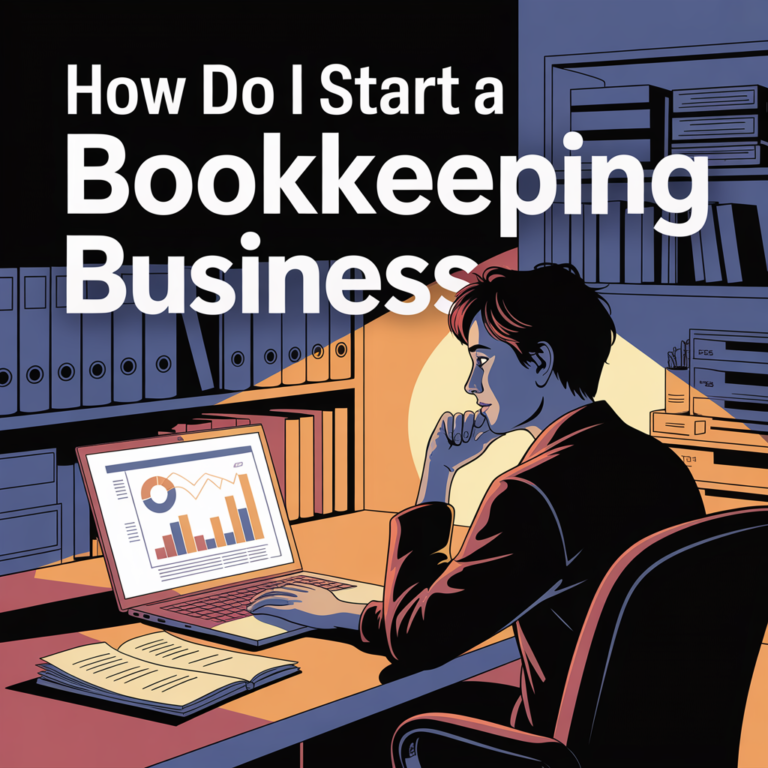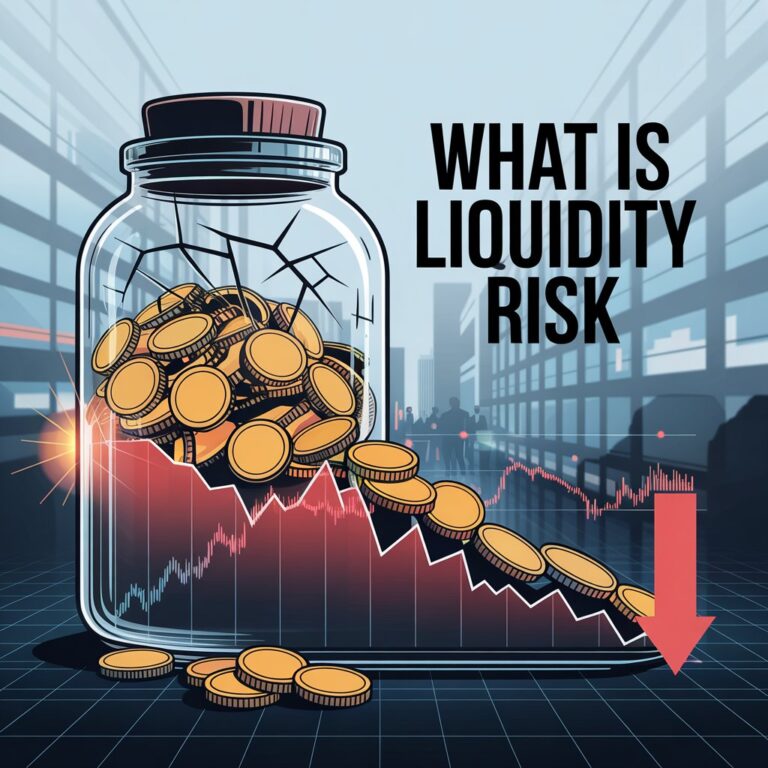Shares of the electric-car company Tesla have taken off, and then fallen back, and then taken off, and then fallen again over the last year, leaving many investors scratching their heads over the company’s valuation. A precipitous 50% collapse of Tesla’s stock in the past three months has fueled skepticism of the company’s longer-term outlook. The company has always been ahead of the naysayers, but some think that its current valuation may not be appropriate considering the fundamentals of the business. The question that is being asked now is: Is Tesla stock overvalued? Let us explore some of the critical factors driving Tesla’s market valuation and consider whether it can continue to justify this in a rapidly evolving market.
The Current State of Tesla Stock
Tesla’s stock has been on a roller coaster in the past few months, and it is off nearly half from its December high. This decline has caused many to wonder whether the company’s multi-billion-dollar valuation is sustainable, or if the hype surrounding its prospects is just that—hype. Among the issues raised is the extent to which the company is hitching its future to unproven technologies, including autonomous vehicles and robotaxis. These are exciting developments that could transform transportation, but the majority of these remain hypothetical with no clear path towards ever being realized.
Slumping vehicle sales — particularly in key markets like Europe — have also fueled concern. Sales of Tesla vehicles in those markets have been slowing, and some analysts are now concerned that the company’s dominant position in the electric vehicle (EV) space could be at risk as rival models come to market. The advent of traditional automakers like General Motors (GM) and Ford entering the EV fray, as well as new entrants like Rivian and Lucid Motors, has increased pressure on Tesla to deliver on its comments.
Why is Tesla Valued So High?
One of the questions investors and market observers most ask me is this: Why is Tesla valued so highly? A large portion of Tesla’s valuation is based on expectations for its future growth, especially the potential for autonomous vehicles and robotaxis. Tesla has thrown much of its considerable resources behind artificial intelligence, autonomous driving software, and robotics — all of which hold great potential for the company if they can crack them, and whose development could pay the company handsomely if successful.
It doesn’t hurt that Tesla’s chief executive, Elon Musk, has built a reputation for dreaming big and challenging the status quo. His bold vision for the company has endeared Elon Musk to a passionate group of investors who have been willing to bid up its share price based on the long-term potential of Tesla, which still struggles to turn a profit. But it’s worth bearing in mind that most of Tesla’s current price relies on assumptions of these future technologies. Now, the electric vehicle maker’s core business — selling electric cars — is facing headwinds that could lead to a slowdown in its overall expansion.
Tesla’s Forward PE: A Critical Indicator
Another important ratio to consider when evaluating whether the stock is overvalued or not is the price-to-sales ratio of the company. Forward PE ratio tells something about investor expectations of Tesla’s earnings growth in the coming years. Generally, a high forward PE ratio indicates that investors are pricing in substantial future growth, while a low ratio indicates that growth expectations are more subdued.
Historically, Tesla’s forward PE ratio has been much higher than that of traditional automakers. This is largely manifest in the investors’ belief that Tesla will remain a major force in the EV space and, at some stage, get to the forefront of autonomous driving and robotics. Yet as competition heats up and fears about the company’s ability to make good on its lofty promises, some analysts start to wonder whether Tesla might truly deserve as high a valuation after all. The truth is that TESLA’s forward PE can be unsustainable if the company doesn’t meet its growth expectations.
Should I Sell My Tesla Stock in 2025?
If you are an investor who owns Tesla stock, you may be asking yourself: Should I sell my Tesla stock in 2025? The answer to this depends on what your investment strategy is and how you view the company, as you can imagine. If you have confidence in Tesla’s long-term growth prospects, you might want to hold onto your shares, despite the volatility at the moment. But if you’re worried about the company’s prospects, including its ability to maintain its current valuation, you might consider selling or trimming your stake.
It’s instructive to keep Tesla’s financial health, product pipeline, and competitive landscape in mind before jumping to conclusions. If Tesla doesn’t get lost in the tall grass trying to deliver on its promises made about robotaxis and AVs, its share price could fly to the moon in the long run. Conversely, if the company can’t meet those expectations, its shares might keep lagging, and investors could lose money.
Is Tesla a Buy, Sell, or Hold?
Analysts and investors are deeply divided about whether Tesla is a buy, sell, or something in between. Some analysts are staying optimistic on the stock, keeping high price targets even after shares fell. They consider Tesla positioned for a market-dominating position in not only the electric vehicle industry but also to lead in autonomous driving and robotics, making the stock a strong long-term investment.
On the other hand, some analysts contend that Tesla stock is overvalued based on the company’s current fundamentals. They cite declining vehicle sales, rising competition, and the uncertain future of its autonomous technology as causes for caution. You should weigh the risk-seeking behaviour against your own company’s Tesla stock goals.
The Tesla Bear Case: Falling Sales and Increased Competition
Despite Tesla’s strong brand and cutting-edge technology, there are many reasons to be wary of the stock’s prospects. Among the largest concerns is slumping sales of vehicles, especially in Europe and China. Tesla is also grappling with a growing number of rivals in traditional car markets, including General Motors, Ford Motor, and Volkswagen, as well as new entrants in electric vehicles. The risk is that, as others join, Tesla will not be able to maintain its commanding market position, and long-term growth prospects could be affected.
Another significant risk is Elon Musk’s political distractions and split focus between several endeavors, such as SpaceX and Twitter. Although Musk’s power has helped propel Tesla, further commitments could dilute the boss’s focus on the main business. That could impede Tesla’s ability to innovate and deliver on its ambitious designs, and ultimately harm its stock price.
Also, some of Tesla’s bets, like robotaxis and full autonomous vehicles, are unproven and risky. These futuristic innovations could drastically change transportation, though they are largely in their infancy and won’t become a reality for some time. If Tesla doesn’t meet its promises, its shares could undergo a massive revaluation.
The Tesla Bull Case: Market Leadership and Technological Innovation
That said, there are also several reasons to continue being bullish on Tesla’s stock. The business is still a pioneer in the electric vehicle industry, with a brand that stands tall and strong and a core customer base, and new technologies. Tesla’s emphasis on AI and robotics (robotaxi, humanoid robot) is a long-term growth opportunity (if well-executed).
Additionally, Elon Musk has a clear vision and a firm hold on the way Tesla has been successful until now. His disruptive tendencies provide much meat for the pockets of those investors who stand by the company’s future potential. Suppose it can conquer the seemingly insurmountable obstacles it encountered in 2018 and keep a pace of innovation few other companies can match. In that case, its shares should be much higher at a future date.
Upcoming Challenges and Opportunities for Tesla
Assuming it has a future, there are three milestones Tesla must overcome and meet. The company’s future earnings reports will give investors a sense of its financial health and its capacity to live up to its promises. Wall Street will be watching closely to see how much progress Tesla is making with its autonomous vehicle technology; a step forward in that area could send the stock to new heights.
Furthermore, Tesla will have to keep leading the pack in the EV market with growing competition. The key will be for the company to keep on innovating and extending its product line-up. Fresh models and technology might offer a boost, and the EV market is still expanding worldwide. Contributing reporters were Amie Tsang, Katie Robertson, Miriam Jordan, Abdi Latif Dahir, and Carolyn Zhang.
Conclusion: Is Tesla Stock Overvalued?
So, is Tesla stock overvalued? The answer isn’t simple. Tesla’s stock is still trading at lofty levels, and much of its value is predicated on projected future growth. The company has a solid foothold in the market and exciting technology in the works. Still, it is also dealing with the downside risks of slumping sales, increased competition, and the rocky uncertainty of autonomous vehicles.
In the end, whether Tesla’s stock is overvalued or not depends on your point of view and investment strategy. If you have faith in the company’s long-term promise and can handle the risk, Tesla might still be a good investment. But if you’re worried about the company’s ability to fulfill its lofty ambitions, perhaps it’s time to re-evaluate.
For further analysis and insights on the stock market, you can refer to this article on overvalued stocks and learn more about investment strategies through this course.
SpotItUp enables you to quickly identify and evaluate personal investment opportunities. Designed for investors of all levels, our platform provides clear insights and tools to help you make informed, confident decisions. Simplify your investment process and stay ahead with SpotItUp.




